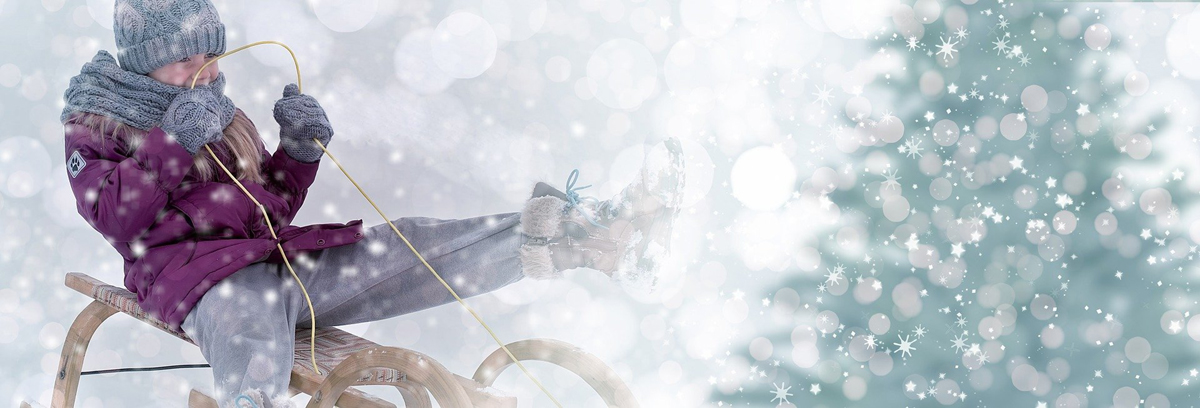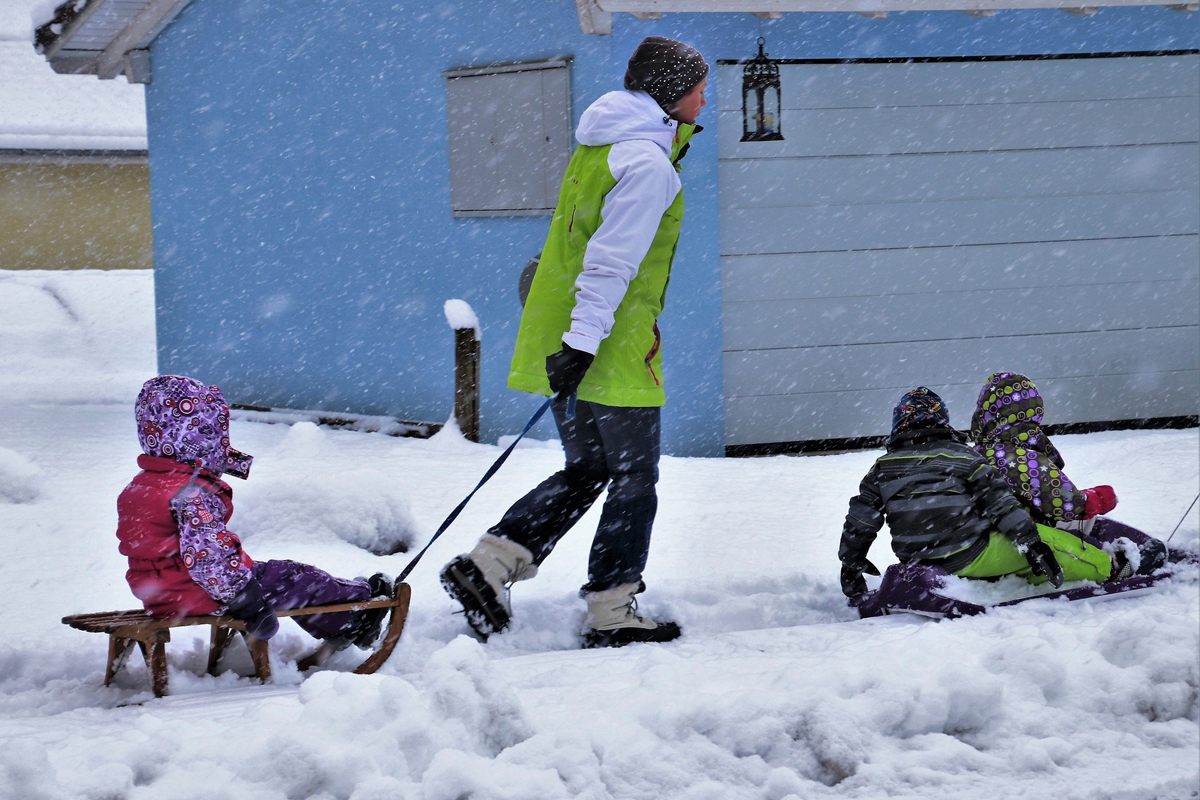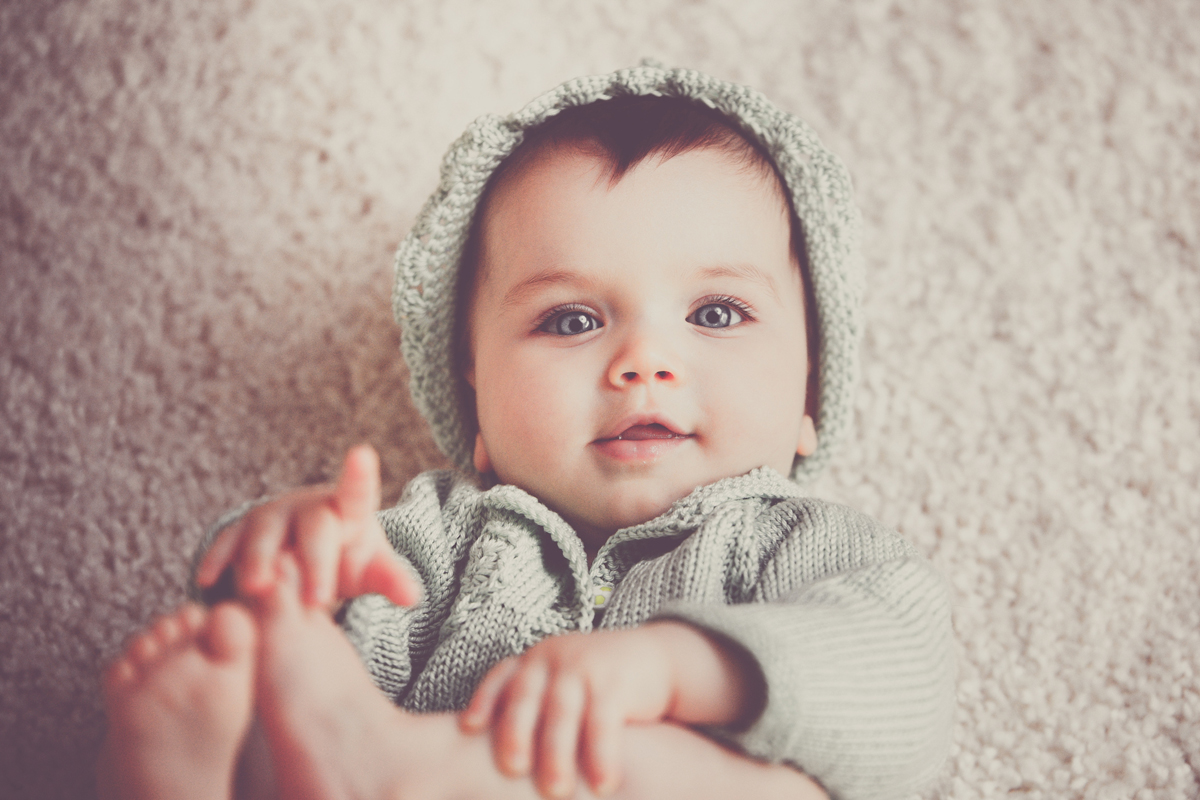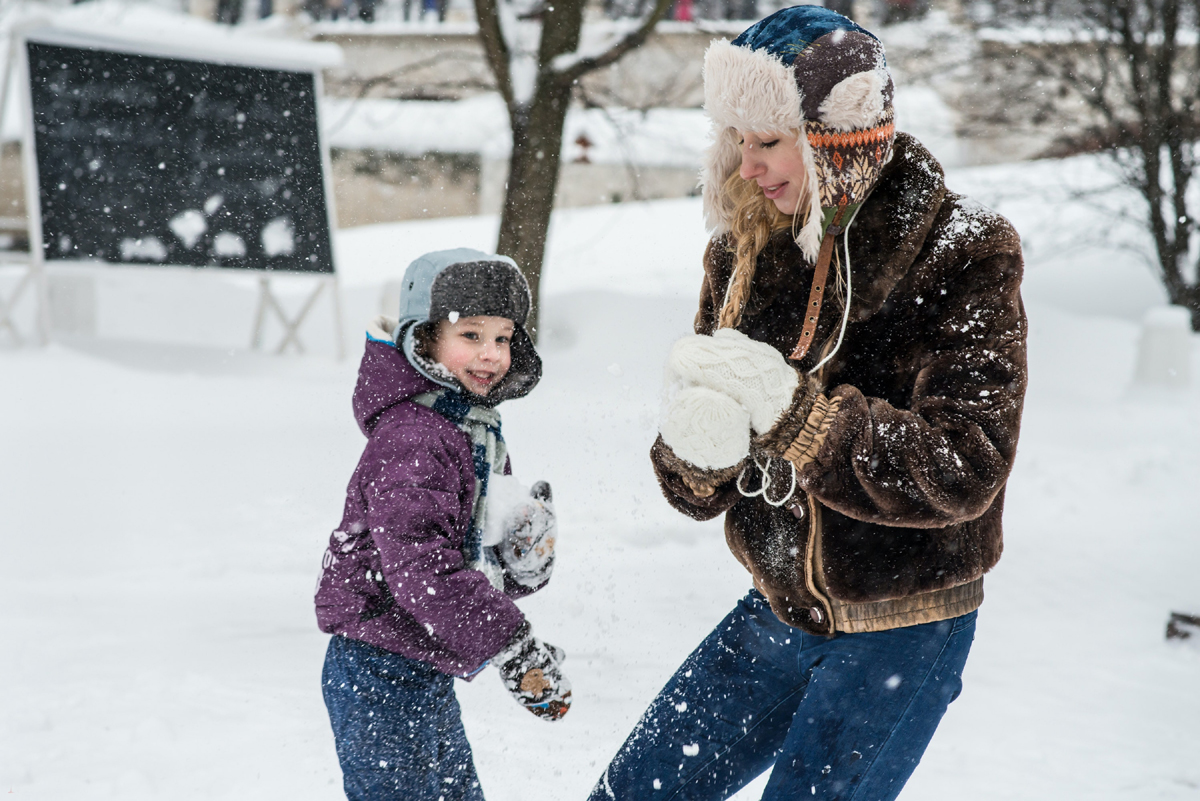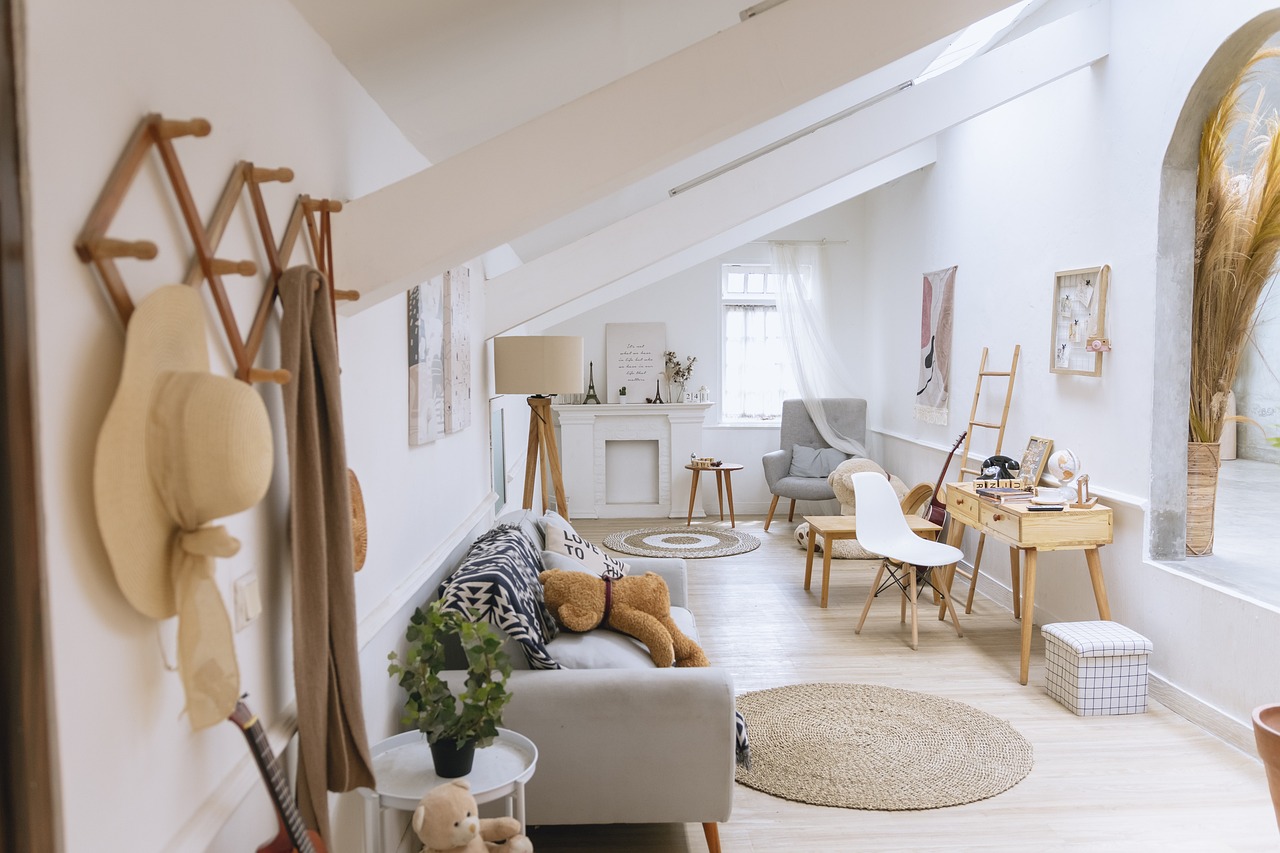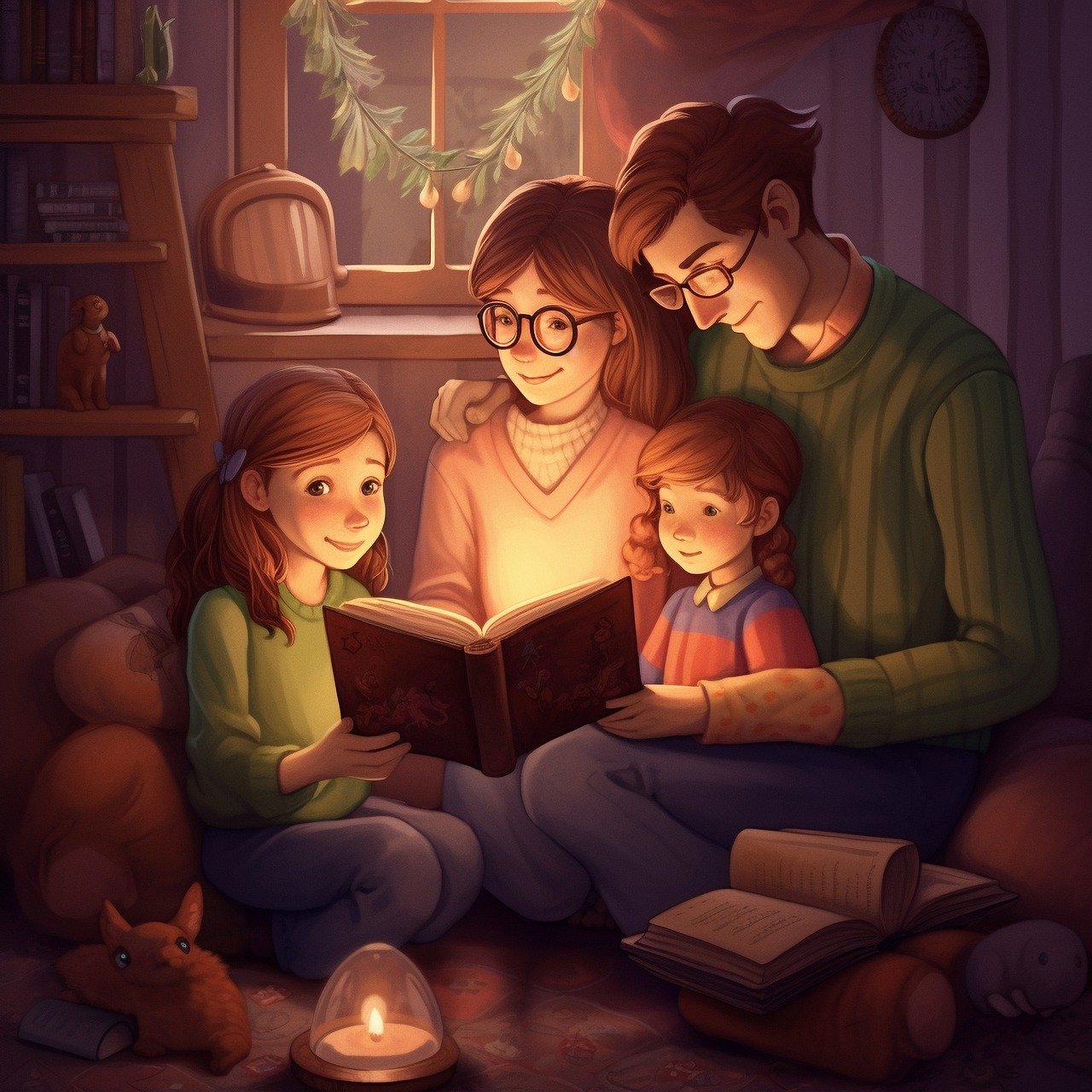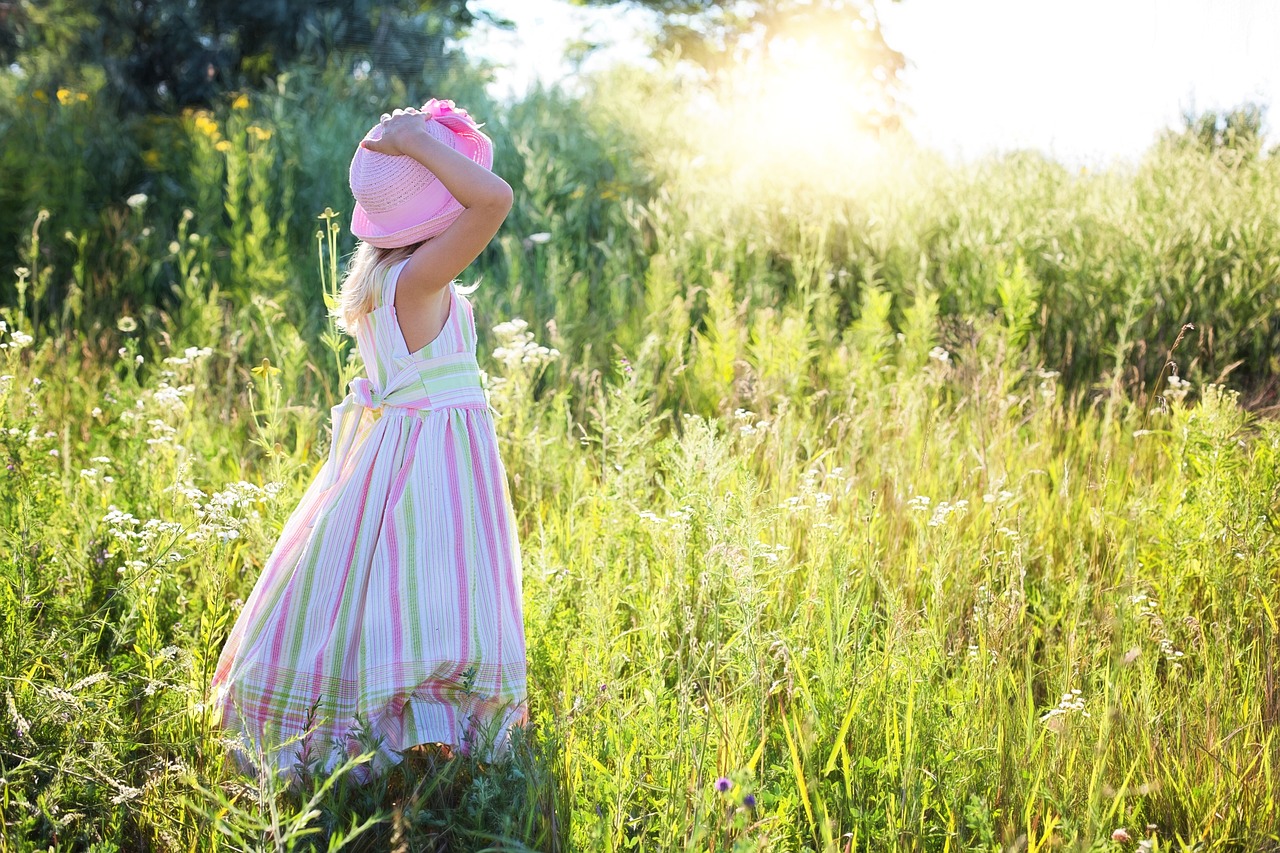Keeping Babies Warm in Winter

Each generation has to learn how to dress their new babies for winter weather. Today’s grandma may be in another state or country and difficult to reach for advice. So, here are some tips about dressing babies.
In winter, babies need about the same number of layers as adults for comfort and protection, indoors or out. A newborn’s ability to regulate body temperature is not well developed, so you need to pay special attention to how they are dressed.
A baby that is too cold may fuss, but may not complain if too warm. Mottled looking skin or pale cheeks may be a sign a baby is too cold. If the neck feels damp from sweat or cheeks are especially rosy, the baby may be overdressed.
Use Layers of Clothes
Diapers and a cotton knit undershirt are important as the first layer of clothing and should be kept dry with frequent changes. Knit cotton undershirts can be pullover or wrap style with ties.
For tiny babies, cotton jersey knit gowns that tie at the bottom keep feet warm and are convenient for changing diapers. As baby grows, soft one-piece knit sleepers with feet and a gripper or zip opening from neck to toes make baby easy to handle. These do not gap open at the waist as can happen with two-piece outfits. Some sleepers have cuffs that fold over to keep hands warm, but as babies find their mouths with their fists, be sure the sleeve cuffs are kept dry. Evaporating moisture in wet clothes tends to cool the hands and body.
The first week or two, your baby may feel more secure if wrapped snugly in a flannel receiving blanket.
Keep blankets away from the infant’s face, and place babies on their backs for sleeping at night to reduce the risk of smothering.
Cloth diapers need to be changed more often than disposables. Change them whenever you find them wet, to reduce the chance of diaper rash. Disposable diapers may be required by day care providers and are more convenient for travel.
When babies are older, they squirm and turn a lot during nap time. Blanket weight fleece sleepers are a good choice for infants when sleeping. When a child starts walking, be sure that sleepers have non-skid soles on the bottom of the feet.
Taking Baby Outdoors
If you take a baby outdoors in winter, a knit or fleece cap, sweater,and blankets or a snowsuit are needed over their indoor clothes. Wrap small babies in a soft cotton flannel “receiving” blanket. Wrap heavier fleece or quilted blankets over the first one for added warmth and protection. When you dress a baby for travel in a car, a snowsuit or car seat-friendly bunting with a button hole for the seat-belt is needed to fasten the baby in the car seat.
A snowsuit should have feet and hand covers. A snowsuit should have a wind and water repellent outer layer and an inner layer of fiber-fill, flannel, or fleece that holds still air to insulate. A warm blanket may be needed over these suits, if it is very cold outdoors.
Remember to protect the baby’s face from wind and sun-burn. Usually, you can drape one of the blankets loosely across the face during trips between the house and car. Be sure to uncover the child’s face afterward. Be careful that the blankets used to wrap the baby are not so slick that the baby slips and falls out of your arms.
If you are indoors, such as at a mall for an extended period of time, take the baby out of the snowsuit or from under the covers, to prevent overheating and perspiration that can dampen clothes. Clothes that are damp will not be warm when you return outdoors again.
Choose and manage your baby’s clothing carefully to keep your baby safe and warm in winter.
The Author
Janis Stone, extension professor, Textiles and Clothing Department, Iowa State University, Ames, IA 50011-1120. Translated by Alicia Lorenzo, Spanish instructor, department of foreign languages, Iowa State University, February, 1996
Photo. Gemini

